The 26 July this effect, is the date celebrated the International Day for the defense of the mangrove, It is according to the Second Assembly of protective activists (Redmanglar) held in the 2004.
Scientific studies led by graduates of the University Colorado – Bowlder indicate that the sea level in the world rises unstoppably, the salinity is increasing and the high temperatures caused by climate change are unbearable, these conditions favor the appearance of tsunamis in coastal populations, permanently exposed to suffer from these natural disasters.
Nature is wise, in coastal areas it allows the birth and growth of special forests that constitute true natural barriers to protect populations from tsunamis, these barriers are mangrove forests.
Mangroves are the salines of marine fauna, which are constituted according to Invemar, in life structure for almost two thirds of fish species, essential contribution to fishing and economic support for coastal populations.
Those trees that stand tall amidst the brackish water, and they grow in an intertidal zone under special conditions, are the mangroves; they form a biotic area, They grow in muddy, low-oxygen soil where sediment builds up and helps prevent erosion., are fundamental systems for adaptation and reduction of vulnerability to climate change, they have nutrient rich soil, process carbon dioxide, they are the refuge for birds and molluscs responsible for maintaining the natural balance of the beaches, it is included, mitigate the effects of natural disasters such as tsunamis.
More than 90% of the planet's mangroves is mainly distributed in 5 countries: Brazil, Colombia, Venezuela, Ecuador and Suriname (FAO, 2007). Colombia is the third country in America with more hectares (he has) mangrove, this is evidenced by their 371.081 he has. declared, of which 282.835 are on the Pacific coast and 88.244 In the Caribbean.
Mangroves are undervalued and mistreated ecosystems throughout history, due among others to its unpleasant odor, apparent little utility and productivity; for this reason they are subject to indiscriminate felling, Commerce, and contamination of its waters by waste and garbage, these actions have led to the approximate loss of 250.000 he has. mangrove swamp in Colombia, Invemar, indicates that practically from 1960, he has lost the 57% of mangrove coverage in our country.
On the Caribbean coast of the country, as determined by the Colombia Mangrove Project, of the Ministry of the Environment, Acofore and ITTO, approximately 40.000 hectares are in a high state of degradation, comprising altered forests, with the affected woodland between the 20% and he 80%.
Eleven species of mangroves exist worldwide, six are recognized in Colombia, of which four inhabit La Guajira viz.: the red or red mangrove (Rhizophora); white or yellow (racemosa leguncularia); the black or equal (Avicennia germinans) and the button or jelí (Conocarpus erectus), desired for its wood for the construction of slats and furniture; charcoal and firewood; livestock and planting; fishing, etc., which exhausts its existence locating some species worldwide in critical condition and in danger of extinction.
CORPOGUAJIRA TO THE DEFENSE AND PROTECTION OF MANGROVES
Corpoguajira is currently working on the recovery and maintenance of 2.563 hectares of mangrove swamps existing in the department of which more than 80% are located in Uribia, For this, the reforestation of river basins, especially the DMI of the Ranchería River, is of special interest., the most important in the Department.
Among their actions to conserve and protect the ecosystem, Corpoguajira isolated the mangrove area of the Delta del Rio Ranchería, achieving recovery of more 10 has since year 1993 until 2003,- one per year-, today the enclosure has been violated, and the place, It is a den of their own and migrants, deteriorating the slow recovery of the biosphere.
As a conservation strategy, Corpoguajira in alliance with CIDEA, (Inter-Agency Committee on Environmental Education) will resume environmental education actions in the Riito arm, with 82 young students from different institutions involved in the mangrove recovery process.
It should be noted that the implementation of the project financed by the Government of Germany through the KFW called “Ecosystem-based adaptation for protection against coastal erosion in a changing climate” is approaching., which pretends: Improve planning and monitoring processes for ecosystem-based adaptation and protect, restore, establish and sustainably manage coastal ecosystems.
Similarly, mangrove reforestation actions were carried out in the Villa Fátima neighborhood of Riohacha, raising awareness of the importance of the ecosystem as a governance action.
Likewise, the characterization for the Declaration of a Protected Area of the Ranchería River Delta in the municipalities of Riohacha and Manaure was formulated and the Management Plan was elaborated to guarantee its sustainability.
| MANGROVE AREAS IN LA GUAJIRA |
| Uribia and its rural areas: Cabo de la Vela, Carrizal, Parajimaru, teasel |
| Manaure and its rural areas: from El Pájaro, Mayapo |
| Riohacha and its rural areas: The delights, Shrimps, Perico |
| Dibulla and its rural areas: The tip of the remedies, Mingueo, Ancho and Palomino River |

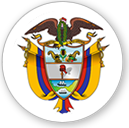

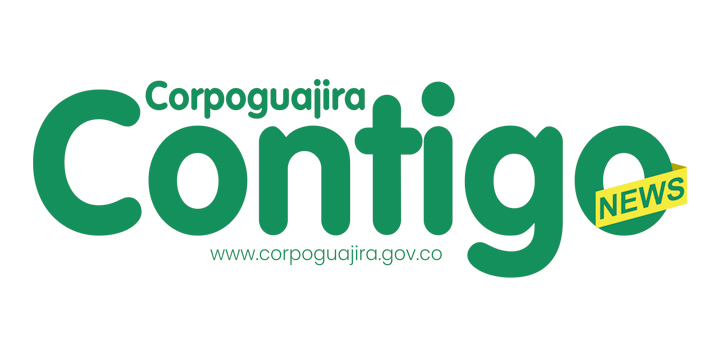



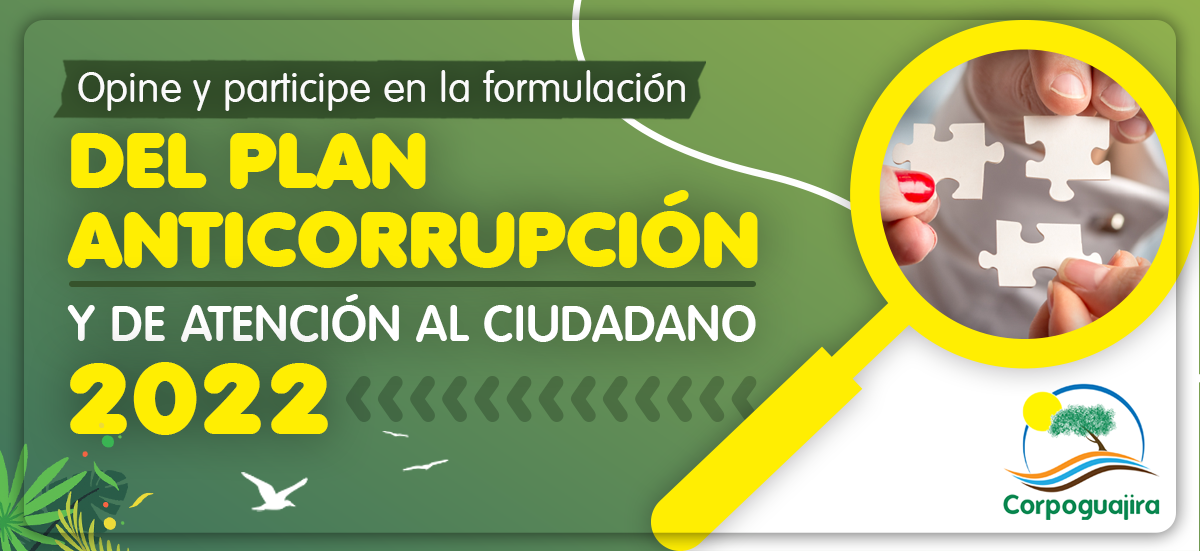
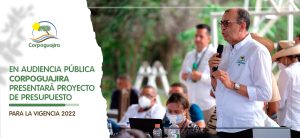



















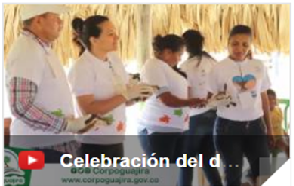



Leave a reply
I am sorry, you should be connected to post a comment.